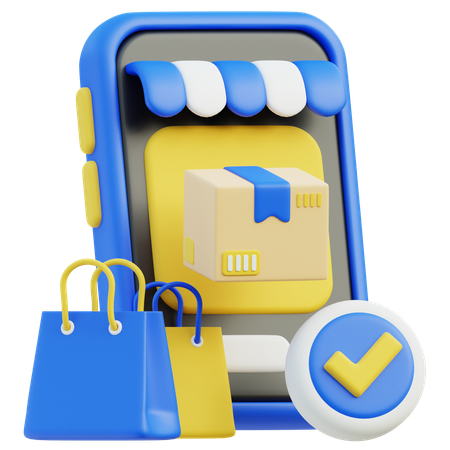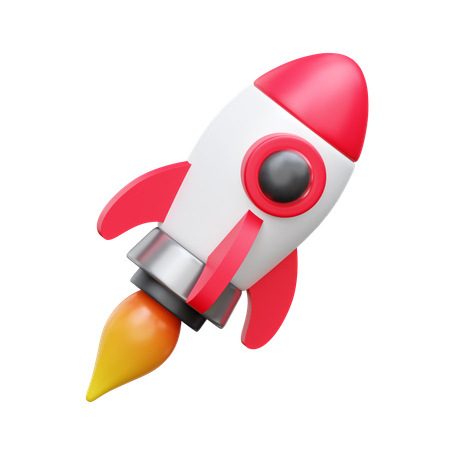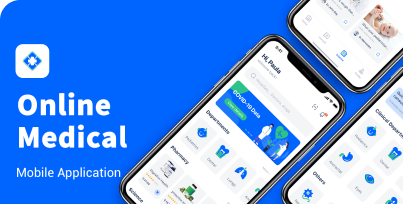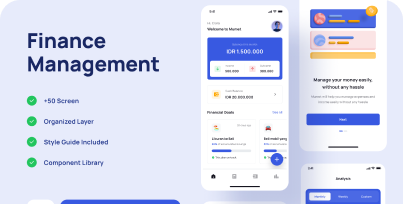- Home
- Solutions
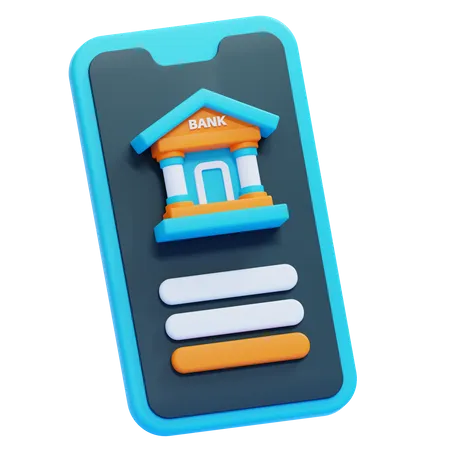
Digital Mobile Banking Solution
Seamless banking on-the-go with secure transactions and features.

Cross-Border Remittance Solutions
Fast and affordable international money transfers made easy.
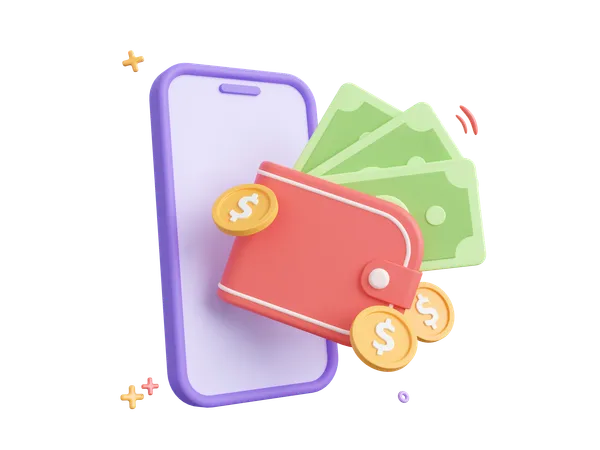
E-Wallet Solution
Secure digital wallet for effortless payments and fund management.

Payment Gateway Solution
Reliable payment processing for online transactions and businesses.

Currency Exchange Solution
Real-time currency conversion for global transactions at competitive rates.
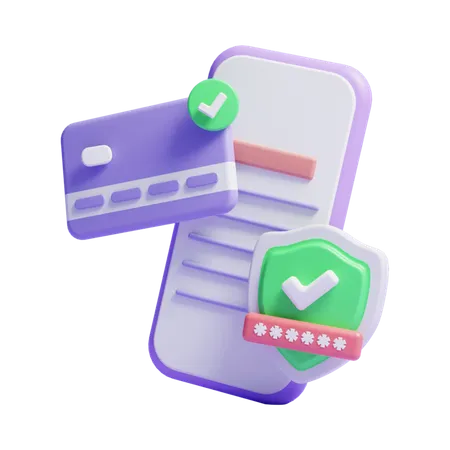
Branded Card Issuing Solution
Custom card solutions tailored for businesses and brands.

Crowdfunding Solution
Effective platform for raising funds and supporting projects with ease.

Investment Management Solution
Comprehensive tools for effective portfolio management and growth.

Online Escrow Solution
Secure transactions with trusted escrow services for peace of mind.

AI Chatbot Solution
Intelligent chatbot solutions for enhanced customer service and engagement.

Automated Booking Solution
Streamlined booking system for appointments and reservations.

Multi-vendor
Flexible platform for multiple sellers to showcase and sell products.

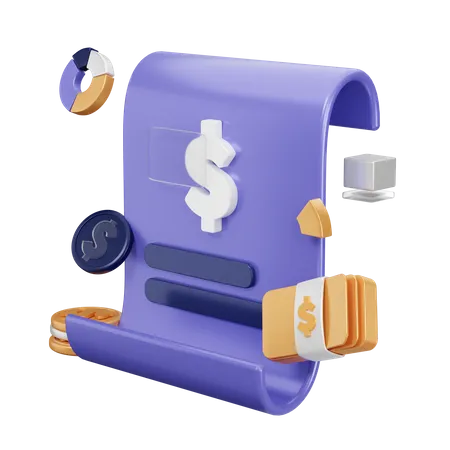 View All
View AllCustom Fintech Solutions
WowStore is the complete WooCommerce solution, featuring a wide library
- Services

Installation & Deployment
Smooth installation and deployment for seamless FinTech system integration.

Custom FinTech Development
Tailored FinTech software to streamline financial operations and innovation.

DevOps Services
Efficient DevOps solutions for faster, reliable software delivery.
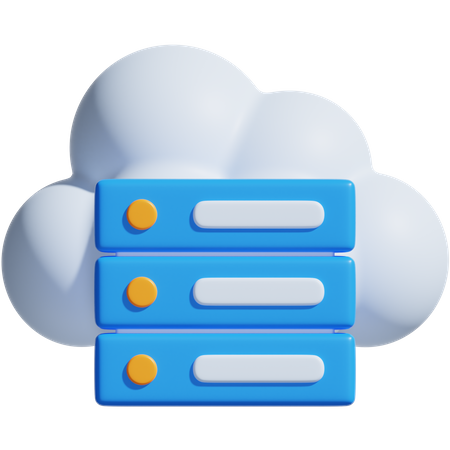
Cloud Services
Scalable cloud infrastructure for enhanced performance and security.

Maintenance and Support
Reliable maintenance to keep FinTech systems running smoothly.
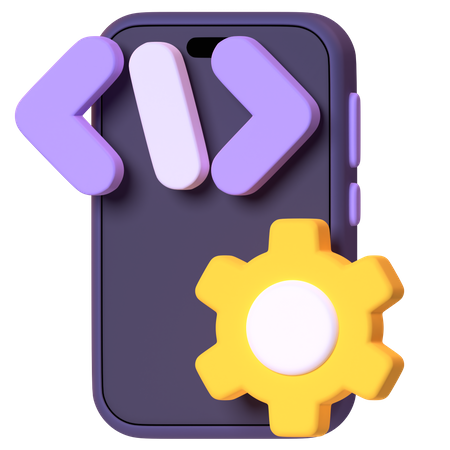
Mobile App Development
Advanced mobile solutions crafted for the finance industry.

Quality Assurance Testing
Comprehensive testing to ensure high-performance, reliable software.
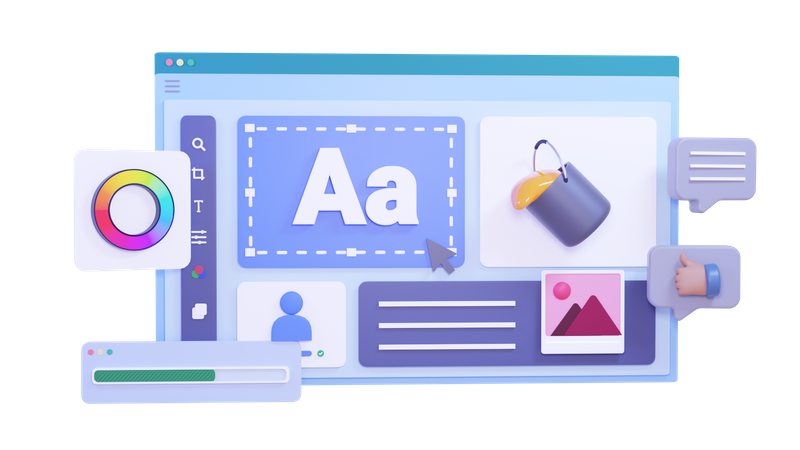
UI/UX Design
User-focused design for engaging, efficient FinTech applications.

Web Development
Robust web solutions tailored for FinTech businesses.

 View All
View AllCustom Fintech Solutions
WowStore is the complete WooCommerce solution, featuring a wide library
- Products
- Blog
- Company

About Us
Your Trusted Development Partner

Our Mission
Committed to Innovative Solutions

Our Vision
Shaping the Future of Technology

Join Our Team
Careers at AppDevs

Life at AppDevs
Discover Our Company Culture

FAQs
Get Answers to Your Questions About AppDevs


Custom Fintech Solutions
WowStore is the complete WooCommerce solution, featuring a wide library
- Help

Documentation
Access comprehensive guides and resources for seamless product usage.

Sales Support
Connect with sales for purchase inquiries and product details.

Technical Support
Get help with technical issues and troubleshooting guidance.

Get Customization
Request tailored solutions to fit your unique business needs.
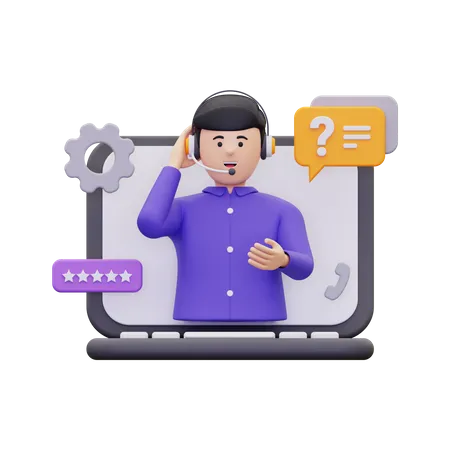
Talk to Expert
Schedule a consultation with our experts for in-depth assistance.


Custom Fintech Solutions
WowStore is the complete WooCommerce solution, featuring a wide library






